"We still need a huge workforce. The income paid to each foreign worker has increased from 140,000 won (about 2.5 million VND) before Covid-19 to 200,000 won/day (3.5 million VND)," a potato farmer in Pyeongchang County, Gangwon Province (South Korea) shared with The Korea Economic Daily.
According to an onion farmer in Hampyeong County, South Jeolla Province, the workload on his farm has tripled, as three workers now do the work of 10.
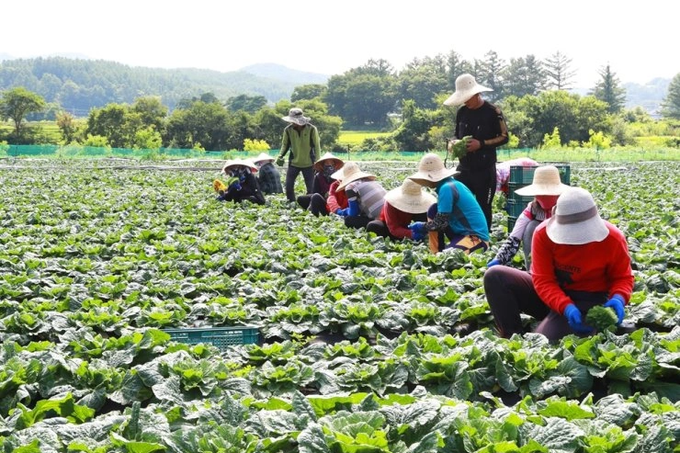
Foreign workers work in a lettuce field in Yecheon County, North Gyeongsang Province. These workers make up the majority of South Korea's agricultural workforce (Photo: The Korea Times).
"The new workforce from Thailand and Vietnam has significantly low productivity. So they cannot handle all the work during peak season," this person said.
South Korea’s agricultural prices are expected to rise as the agricultural sector is facing a chronic labor shortage. Despite government efforts to expand the pool of temporary foreign workers, the industry is facing a serious imbalance between labor supply and demand.
Specifically, the Korean government has assigned 12,330 seasonal workers, foreign workers to work temporarily during busy seasons. The labor force is provided to 114 local governments across the country in the first half of 2022. The government will assign 7,388 seasonal workers in the second half of the year.
The Korean government allows marriage migrants; Koreans with foreign nationality; short-term foreign workers; and foreigners supported by the seasonal labor force cooperation program between their home country and Korea.
According to The Korea Times, the authorities in the town of Eumseong-gun have launched a campaign to recruit city farmers. The measure comes as local governments in central Korea have expressed concerns that there will not be enough workers.
Specifically, the locality needs at least 156 healthy men or women aged 20-75. Officials have visited local universities and community centers to recruit students and residents.
They increased subsidies by paying workers 60,000 won (about 1 million VND) for every 4 hours worked. The government is willing to support 40% of wages for farms.
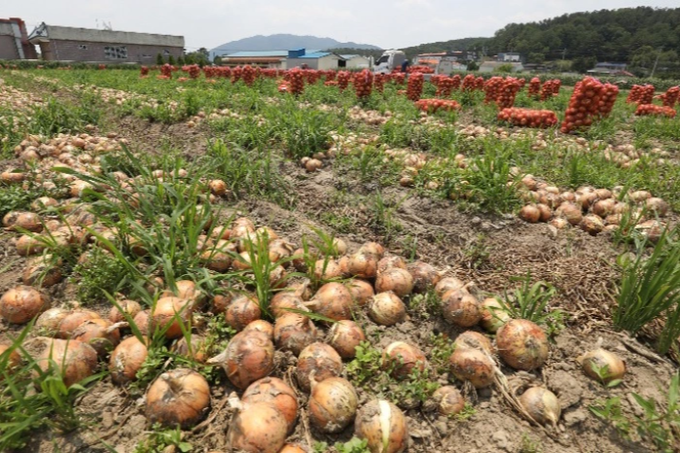
An onion farm in Goryeong town, North Gyeongsang province (Photo: The Korea Economic Daily).
As of February 9, the town had recruited 170 more people. The government has also invested more than 210 million won (about 2.1 billion VND) in this campaign to support farm wages and other expenses of workers. The costs include daily public transport fares, accident insurance premiums and training fees.
"Due to the unstable labor supply and lack of automation, garlic farmers in Jeju cannot expand their farms as much as they want," said Lee Seong-don, an agriculture lecturer at the agricultural technology center.
The government has invested more than 210 million won in the campaign to support farm wages and other workers' expenses including daily public transport fares, accident insurance premiums and training participation fees.
The local government has approved the hiring of the highest number of seasonal workers from abroad this year, said Seok Sung-kyun, director of the Environmentally Friendly Agriculture Bureau of the Gangwon Provincial Government.
Of which, this eastern mountainous province has allocated 6,425 migrant workers.
"The record number of foreign workers this year will help us overcome the problem of worker shortage, especially at farms entering the peak season," the head added.
Source link



![[Photo] Prime Minister Pham Minh Chinh chairs a meeting of the Government Standing Committee to remove obstacles for projects.](https://vphoto.vietnam.vn/thumb/1200x675/vietnam/resource/IMAGE/2025/10/06/1759768638313_dsc-9023-jpg.webp)

![[Photo] Prime Minister Pham Minh Chinh chaired a meeting of the Steering Committee on the arrangement of public service units under ministries, branches and localities.](https://vphoto.vietnam.vn/thumb/1200x675/vietnam/resource/IMAGE/2025/10/06/1759767137532_dsc-8743-jpg.webp)











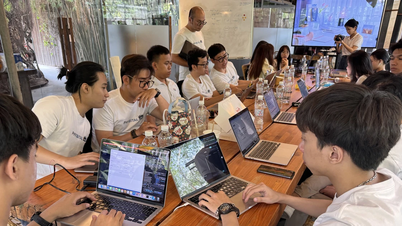


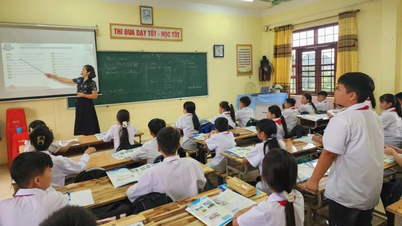

























































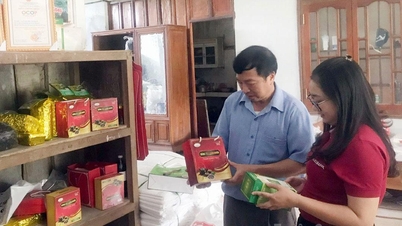

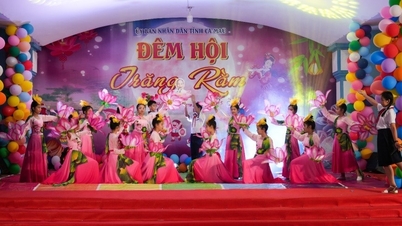






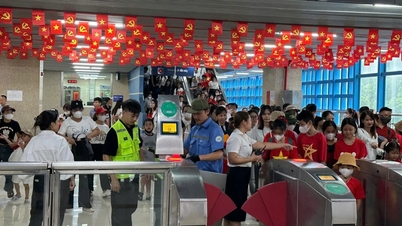












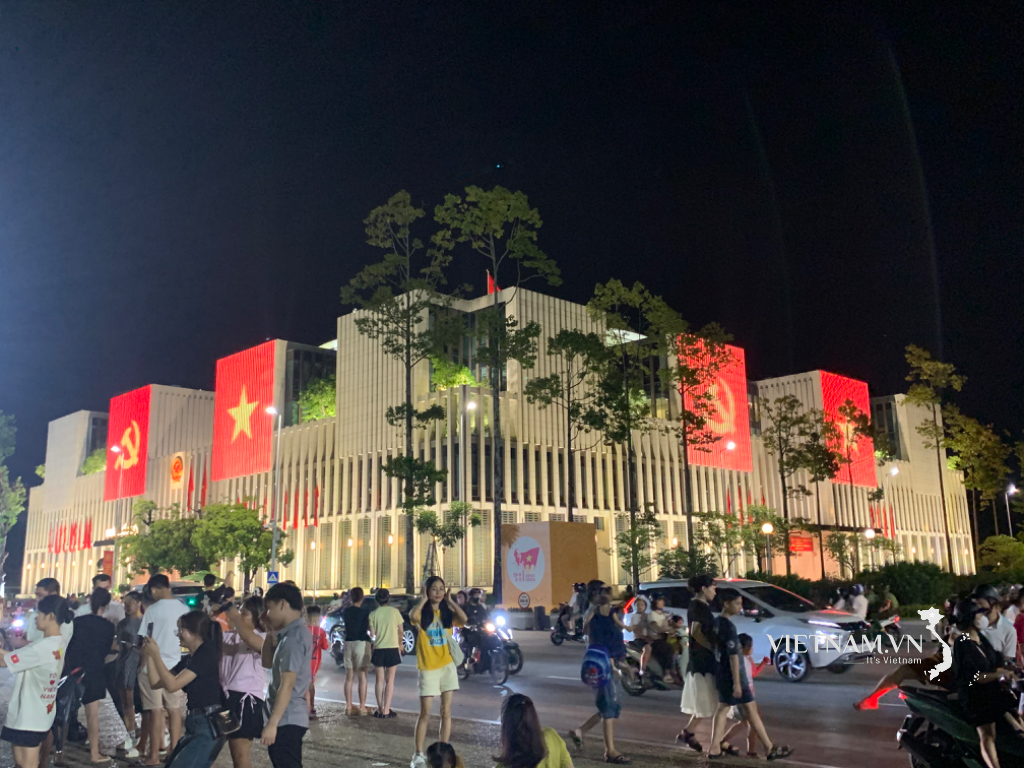


Comment (0)